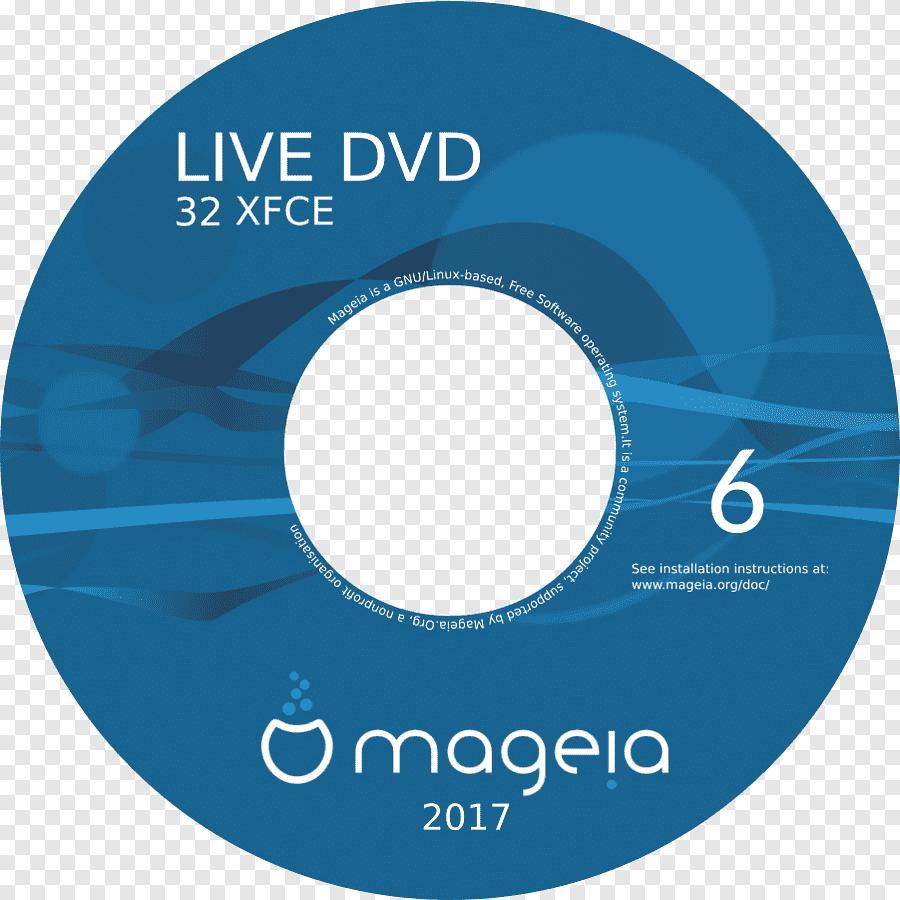Linux
Welcome to c/linux!
Welcome to our thriving Linux community! Whether you're a seasoned Linux enthusiast or just starting your journey, we're excited to have you here. Explore, learn, and collaborate with like-minded individuals who share a passion for open-source software and the endless possibilities it offers. Together, let's dive into the world of Linux and embrace the power of freedom, customization, and innovation. Enjoy your stay and feel free to join the vibrant discussions that await you!
Rules:
-
Stay on topic: Posts and discussions should be related to Linux, open source software, and related technologies.
-
Be respectful: Treat fellow community members with respect and courtesy.
-
Quality over quantity: Share informative and thought-provoking content.
-
No spam or self-promotion: Avoid excessive self-promotion or spamming.
-
No NSFW adult content
-
Follow general lemmy guidelines.
view the rest of the comments

Btrfs snapshots + Snapper have been (somewhat) pioneered by openSUSE Tumbleweed. Yet, they see value in developing openSUSE Aeon (i.e. their attempt at an 'immutable' distro); otherwise they wouldn't be putting resources into it.
Hence, Btrfs snapshots is (at best) only able to fulfil some aspects we've come to expect from 'immutable' distros. But there's more to it than that.
One of the most simple (and, yet, perhaps most defining) feature that 'immutable' distros come with is atomic updates; i.e. updates either occur or not, there's no in-between messed up state caused by energy outage or whatsoever.
There's a lot more to it than that. To mention a few more:
Not all 'immutable' distros possess these qualities. Nor are they aspired by all of them. Hence, lumping them up together is actually a blatant oversight that's been committed way too frequently.
Regardless, if you're interested, consider trying out Fedora Atomic^[1]^, NixOS or openSUSE Aeon for yourself and see what it's all about.